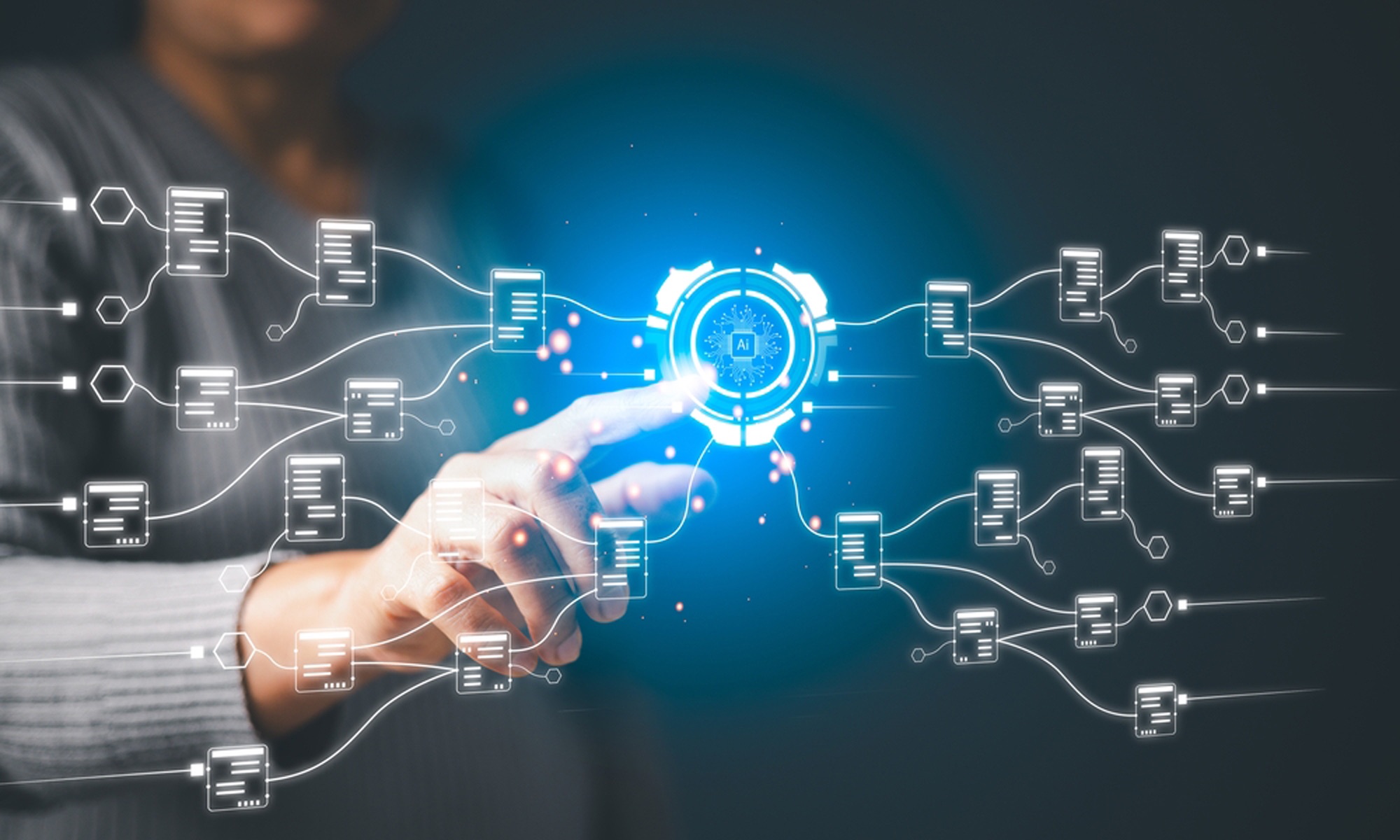In today’s digital age, effectively optimizing and managing data is a key factor determining the success of any business. One of the prominent concepts related to data management is “Server Leasing” In this article, we will explore what Server Leasing is, how it works, its applications, benefits, and essential considerations for getting started.
1. Definition of Server Leasing
Server Leasing is a technology that enables a server to process, analyze, and learn from the data it collects. Unlike traditional systems, Server Learning employs machine learning algorithms to improve the performance and accuracy of decisions based on data.
1.1. Development History
The concept of Server Leasing originates from the advancements in artificial intelligence (AI) and machine learning. In recent years, as data has become more abundant and diverse, the demand for intelligent data analysis and utilization has led to the emergence of Server Learning systems.
1.2. Differences Between Server Leasing and Traditional Systems
While traditional systems merely process and store data, Server Leasing has the capability to “learn” from that data. This means Server Learning can detect patterns, trends, and make predictions based on analyzed data.
2. How Server Leasing Works
2.1. Data Collection
The process begins with collecting data from various sources such as sensors, mobile applications, websites, or management systems. This data can be structured or unstructured.
2.2. Data Preprocessing
Before being fed into a learning model, the data often needs preprocessing to eliminate unnecessary information, handle missing values, and normalize the data. This stage is crucial to ensure that the data fed into the model is accurate and reliable.
2.3. Model Building
A machine learning model will be constructed based on various algorithms, such as regression, decision trees, or neural networks. This model will learn from the preprocessed data to detect patterns and trends.
2.4. Training and Evaluating the Model
Once the model is built, it will be trained with training data and evaluated using testing data. This stage helps determine the accuracy and performance of the model.

2.5. Deployment and Monitoring
Finally, the model will be deployed on a server to serve analysis and prediction purposes. Continuous monitoring is also essential to ensure the model operates effectively and can be adjusted when necessary.
3. Applications of Server Leasing
Server Leasing can be applied in various fields, including:
3.1. Finance
In the finance industry Server Leasing service can be used to detect fraud, predict market trends, and optimize investment portfolios. Banks and financial institutions utilize machine learning models to analyze customer data and make credit decisions.
3.2. Healthcare
In healthcare, this service aids in analyzing patient data to predict illnesses and detect early symptoms. It can also be employed to optimize treatment processes and improve patient outcomes.
3.3. E-commerce
In the realm of e-commerce, analyzes consumer behavior to personalize shopping experiences, optimize marketing campaigns, and manage inventory more effectively.
3.4. Transportation and Logistics
In the transportation sector, can predict shipping demands, optimize routes, and minimize costs. This helps transportation companies operate efficiently and save time.
4. Benefits of Server Leasing
4.1. Enhanced Data-Driven Decision-Making
Server Leasing enables businesses to make decisions based on data rather than intuition. This helps minimize risks and optimize the decision-making process.
4.2. Cost Savings
Automating the data analysis process helps save labor costs and time. Businesses can focus on more critical tasks instead of manual data analysis.
4.3. Improved Customer Experience
By analyzing customer behavior and trends, this service allows businesses to personalize customer experiences, thereby increasing customer satisfaction and loyalty.

4.4. Enhanced Competitive Advantage
Implementing Server Leasing service helps businesses maintain competitiveness in the market. Companies can quickly adjust their strategies based on data analysis and trend predictions.
5. Considerations for Getting Started with Server Leasing
5.1. Understand Your Data
Before getting started, you need to understand the type of data you have and how it will be used. Ensure that your data is accurate and sufficiently large for the model to learn from.
5.2. Choose the Right Algorithm
Depending on your objectives and data types, you need to select appropriate machine learning algorithms to build your model. Experimenting with various algorithms can help you find the best solution.
5.3. Continuous Monitoring
After deploying the model, continuous monitoring is necessary to ensure the model operates effectively and updates when needed. This helps improve the model’s accuracy and performance over time.
5.4. Train Your Team
To implement this service effectively, businesses need personnel knowledgeable in machine learning and data analysis. Training and developing skills for employees is crucial.
Conclusion
Server Leasing service is an advanced technology that helps businesses optimize data management and analysis. With the ability to learn and predict from data, not only enhances data-driven decision-making but also saves costs, improves customer experiences, and boosts competitive advantage. If you are looking for a solution to improve your business processes, consider implementing this service to achieve the best results.
* Contact us:
- Email: dc@dcx.com.vn
- Phone: 0333361599
- Facebook: https://www.facebook.com/DCX.Tech.Solutions/
